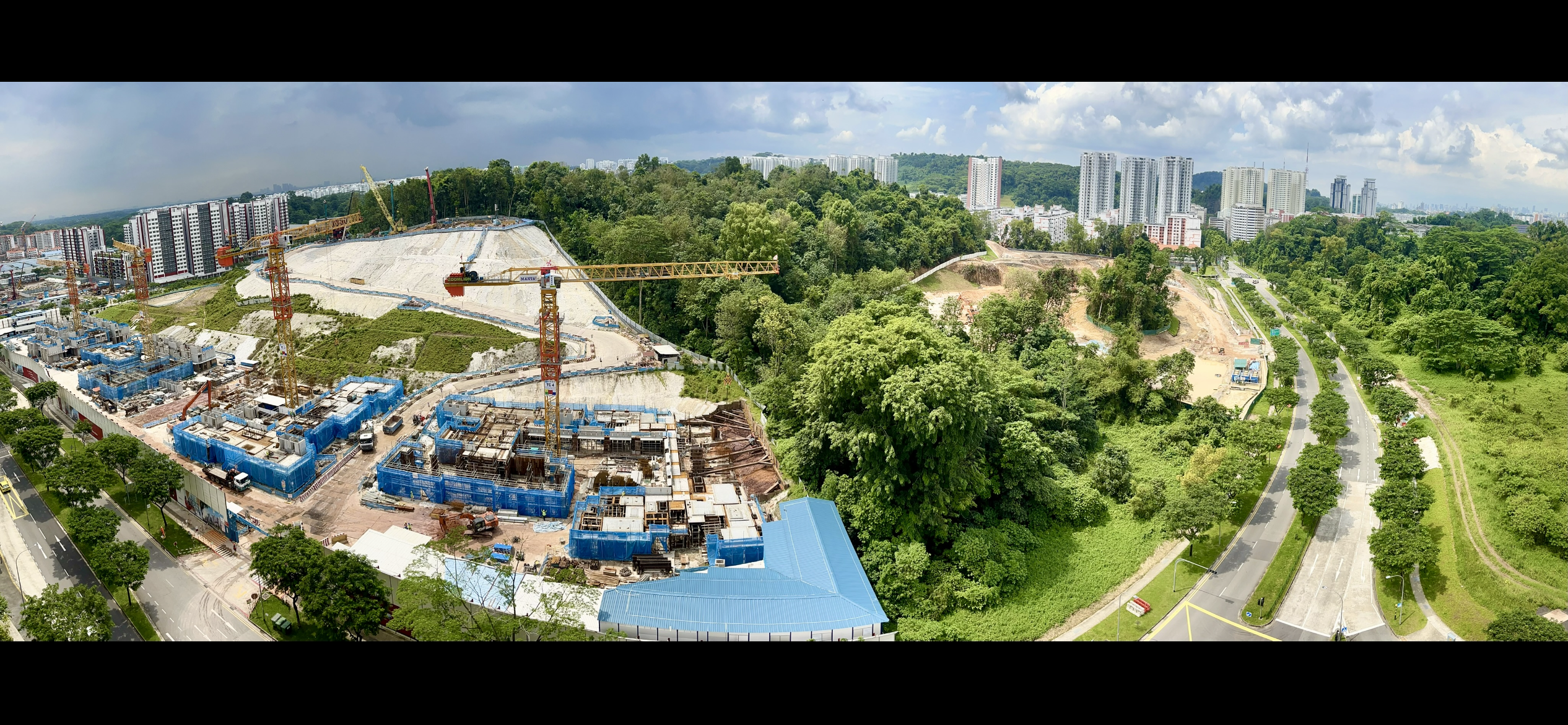November 2020
-
An inspiration from Down Under for Singapore to conserve its natural heritage
If I remember correctly, someone commented that I would care to write about the natural landscapes of another country even though I don’t live there. I didn’t really think about that as we all live on Earth divided by invisible artificial man-made borders. The Twelve Apostles in Victoria, Australia, might be thousands of kilometres away… Continue reading
-
Wild Boars in Singapore: How their roadkill and attacks on humans are linked to deforestation
Overview of wild boars in Singapore According to NParks, “the wild boar is a native animal of Singapore”, hence it is neither an invasive nor introduced species. Also, the wild boar “is the largest resident land mammal in Singapore and found in forest, scrubland and mangroves.” (Wild Singapore, 2016) As a native resident, wild boars… Continue reading
-
A heartfelt semi-satirical letter to our future generations
Dear future generations, This is why development is good for you. You see, we listened to the people who derided us for criticising the authorities while living in the property built by them. We were afraid of being rejected by society for telling them the consequences of environmental degradation which they didn’t want to hear.… Continue reading
-
Seven ways Singapore can learn from indigenous societies to be more humane and responsible stewards of the environment
Who are the real primitive people? One dictionary defines “primitive” as living in basic, unpleasant, and uncomfortable conditions. It is usually used in a derogatory or disapproving manner, especially in modern societies. “Primitive” is sometimes used interchangeably with “uncivilised”, meaning cruel, heartless and barbaric. That said, lately I noticed a disturbing trend in a Nature-based… Continue reading
-
Speaking up for Nature who has no human voice
With a loss of at least 90% of our tropical rainforests and up to 73% of our plant species and animal species in the last 200 years, it is heartening at least to see a diversity of voices supporting our disappearing forests. “Botanist Karl Png, the 23-year-old co-founder of the Singapore Youth Voices for Biodiversity,… Continue reading
-
Bukit Batok West ridge with lush tropical grassland, scrubland and secondary rainforest
Sometimes, we don’t have to travel too far to enjoy Nature in relative solitude. In Bukit Batok West, a couple of natural ridges stand close to newly constructed BTO flats. One ridge has about 70% forest and 30% grass/scrubland (as shown in the photos). The other ridge is almost covered with secondary rainforest (aka Bukit… Continue reading
-
Deforestation and flash floods: How they are all connected
It is believed that due to climate change, more extreme weather changes can be expected. Yesterday, flash floods occurred in several places in Singapore during such a heavy downpour. Although floods aren’t new occurrences in low-lying countries like Singapore, they may be exacerbated by ongoing deforestation. According to TODAY’s article dated 2 Nov 2020: “In… Continue reading
-
ST Forum: Restrict use of petrol-powered blowers, mowers
I appreciate the inclusion of the ST file photo to my letter (30 October 2020), which illustrates aptly the detrimental noise of grass cutting in residential areas. “The sound of petrol-powered leaf blowers and mowers can be heard clearly from as high as the eighth storey of a residential building. With more people working from… Continue reading
